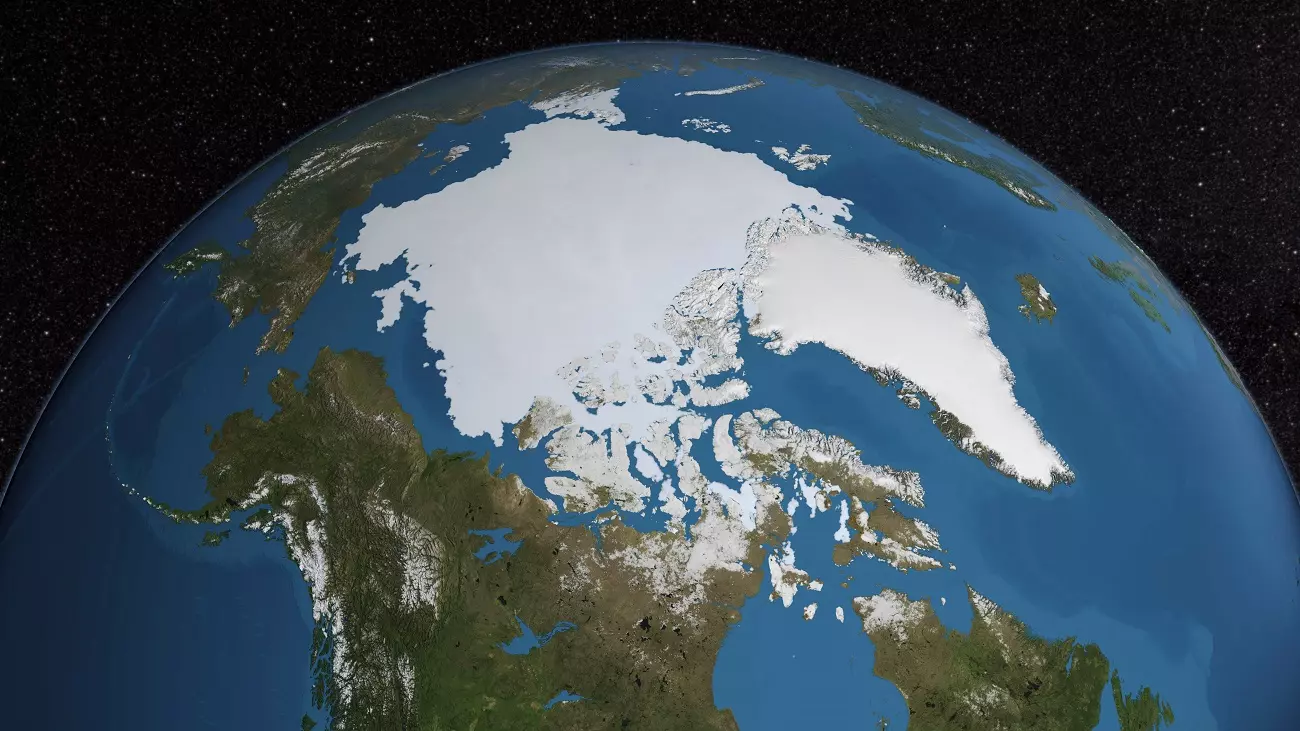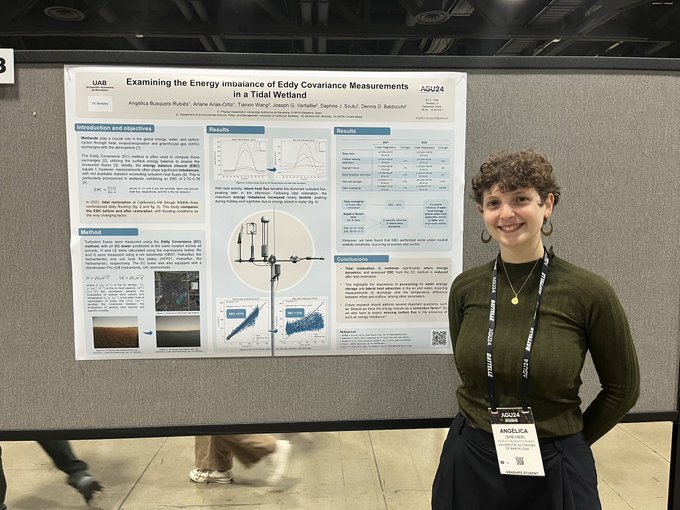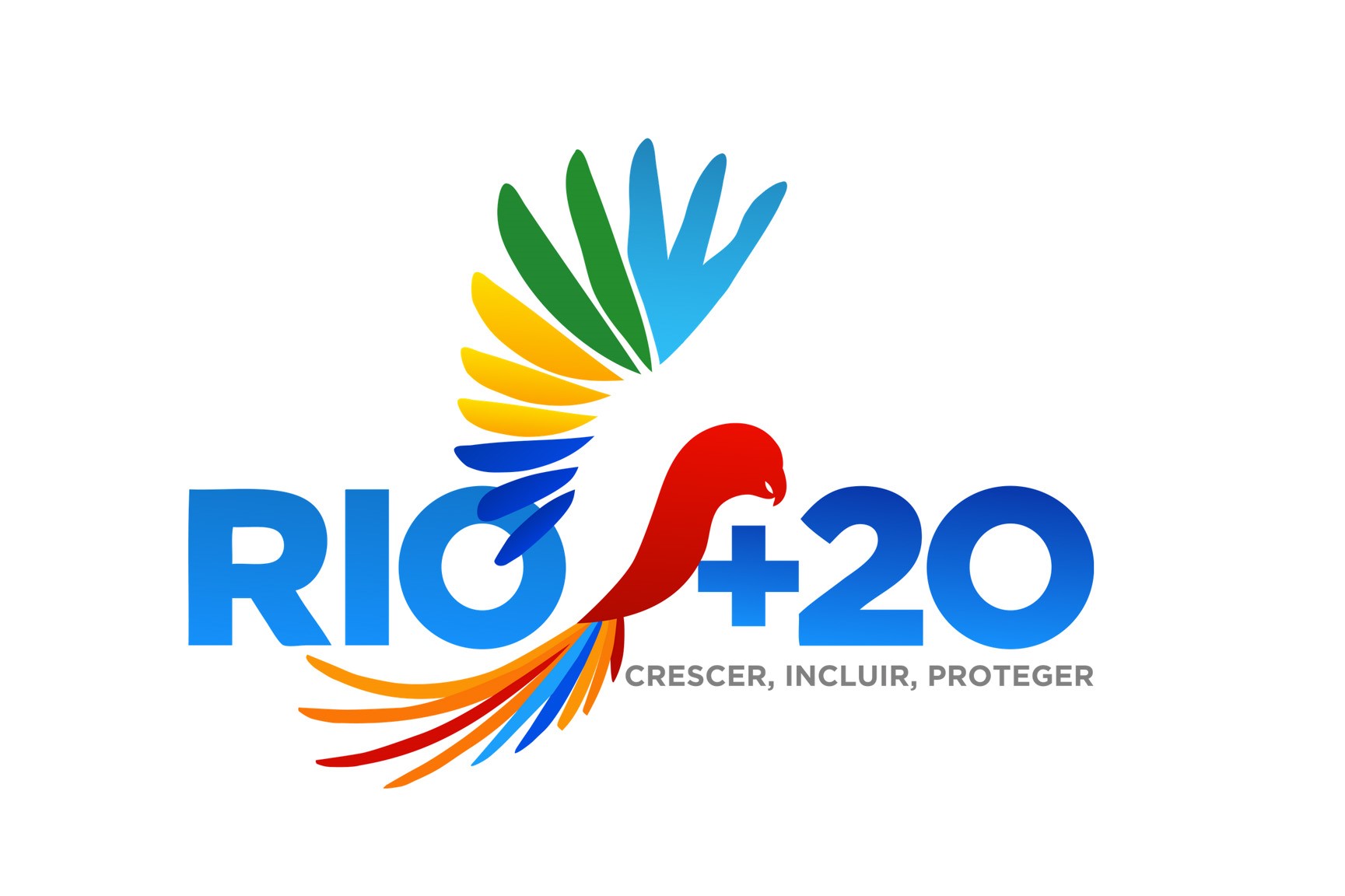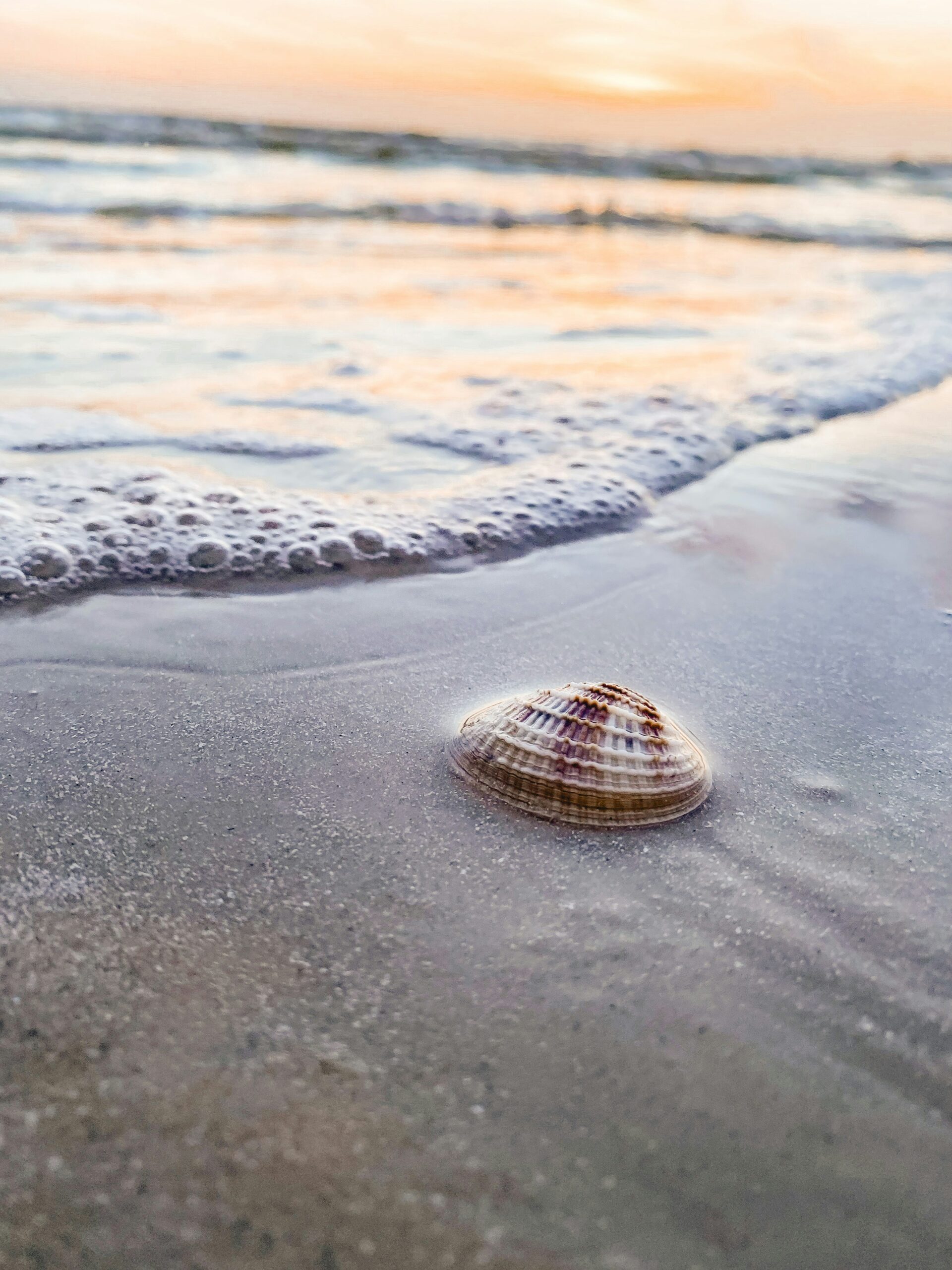Project
Dispersion and impacts of micro- and nano-plastics in the oceans
The recent acceleration of microplastic pollution has increased the need to develop novel collaborative tools for synergistic problems affecting coastal and oceanic ecosystems. One of the main hurdles is the lack of standardized, comparable and integrated information on this smaller size (micro- and nano-) plastic pollution, including their fragmentation, abundances and sources, regional hotspots of accumulation, and transport at the land-sea interface. The i-plastic project assembles a multidisciplinary consortium of European and Brazilian experts from five institutes and four countries that together will assess the dispersion and impacts of micro- and nano-plastics in the tropical and temperate oceans, from the regional land-ocean interface to the open ocean by:
- quantifying the seasonal transport and dispersion in three selected estuaries (hotspots of plastic sources) and adjacent coastal waters and shorelines under distinct flow and climate regimes (i.e., tropical and temperate systems) (ICTA-UAB, NOVA.ID FCT and LABOMAR),
- performing In-situ monitoring in the selected system of the eastern and western Atlantic Ocean and Mediterranean Sea (ICTA-UAB, NOVA.ID FCT, and LABOMAR),
- addressing through in-situ observations and laboratory experiments the impacts on distinct commercially valuable species (as part of the human diet) from the target regions (DISTeBA, ICTA-UAB, NOVA.ID FCT, and LABOMAR),
- implementing new approaches to detect and characterize nanoplastics in environmental matrices (i.e.: water, short-term sediment trap, sediment, and biota) and ascertain processes of macroplastic fragmentation (DISTeBA) and,
- using the data generated to feed regional models for the dispersion of micro- and nano-plastics, which in turn will be used to elaborate a model of their dispersion at the Atlantic scale (LABOMAR).

Meso- and micro-plastics collected during a survey on a beach of Crete (Greece, June 2017) (Photo: M. Grelaud)
The scientific products of i-plastic will provide the missing knowledge concerning one of the main pathways of plastics to the ocean, their fate at the land-sea interface and the effects of smaller plastics on the ecosystems of different areas worldwide, by making projections to understand the impacts and dispersion of micro- and nano-plastics in the next decades of the Anthropocene. The transfer of this knowledge to stakeholders will involve communication and education (MOOC) on the role of estuaries on the dispersion of this pollutant to the different reservoirs of the oceans, and open the discussion to improve guidelines for plastic management that can drastically improve the source reduction of plastic litter in the global marine environment.

Surface water sampling of the Ebro Delta (Catalunya, Spain) (Photo: L. Heins)
Prof. Paula Sobral, Association for Innovation and Development of the Faculty of Science and Technology (NOVA.ID.FCT) of Nova de Lisboa, Portugal
Dr. Sergio Rossi, Department of Biological and Environmental Sciences and Technologies (DISTeBA), University of Salento, Italy
Prof. Marcelo de Oliveira Soares, Institute of Sea Science (LABOMAR), federal University of Ceará, Brazil
Dr. Carla Palma, Hydrographic Institute Division of Chemistry and Pollution of the Marine Environment, Lisboa, Portugal
Relevant links
Related publications
link
link
link










